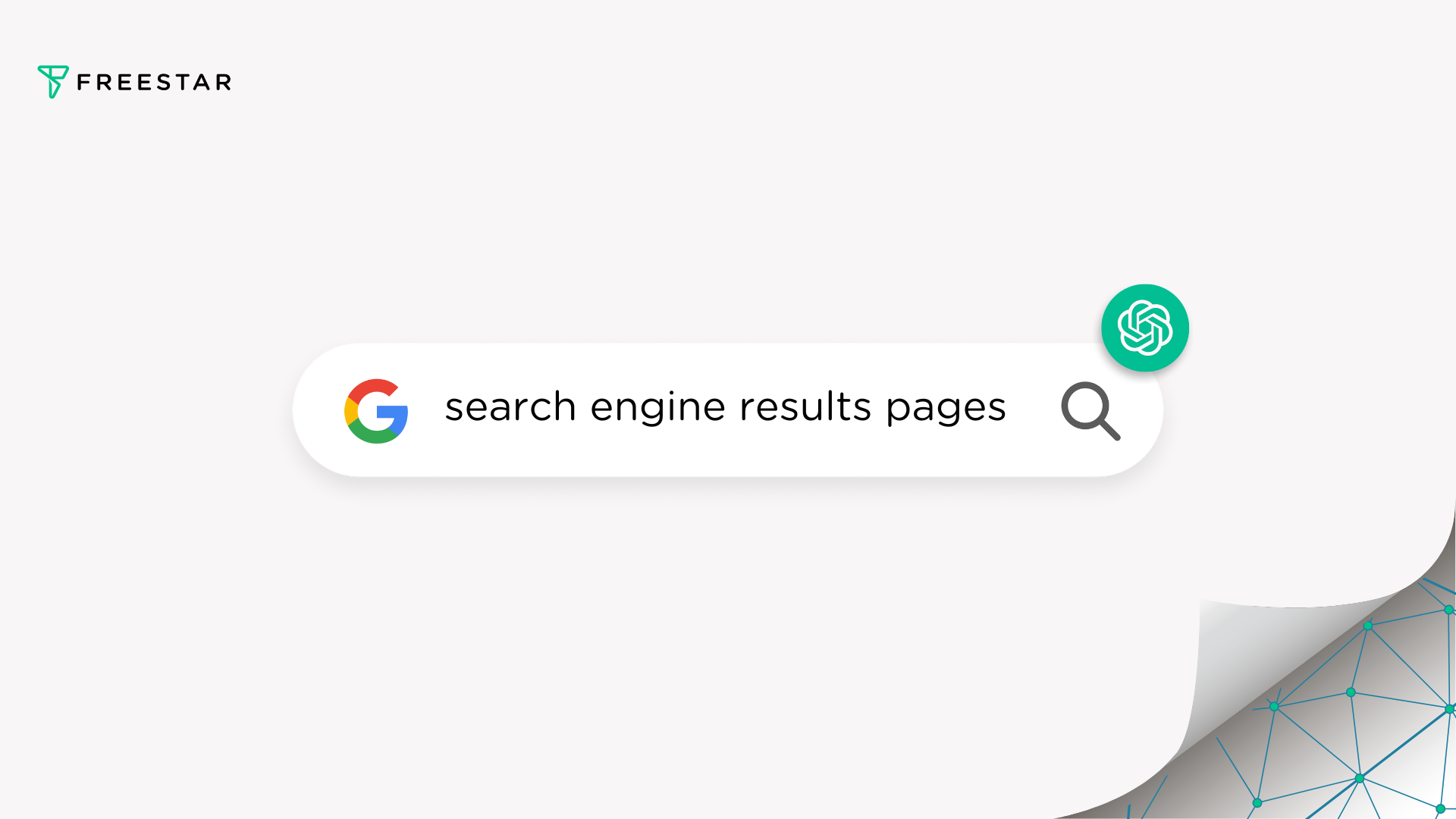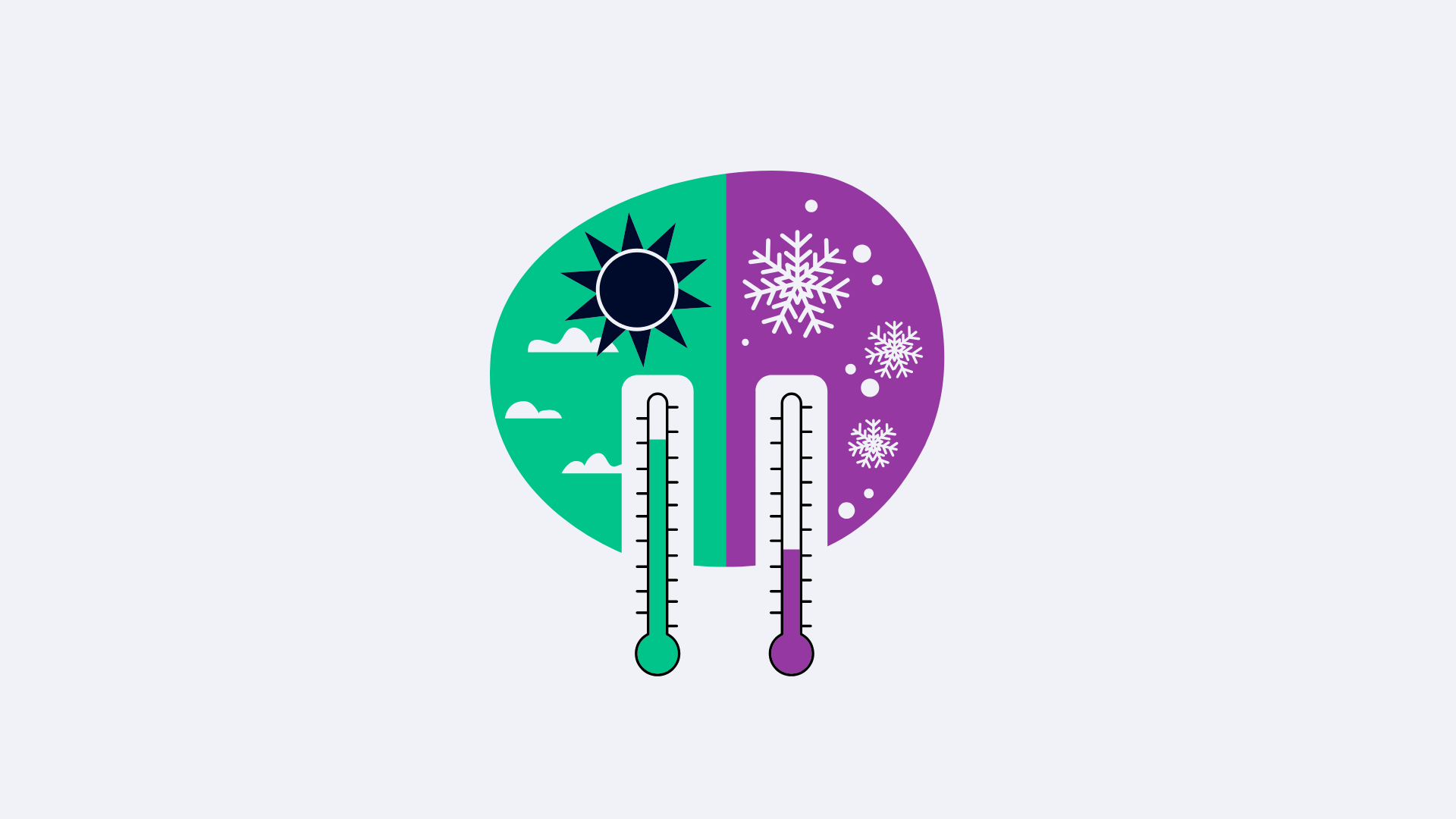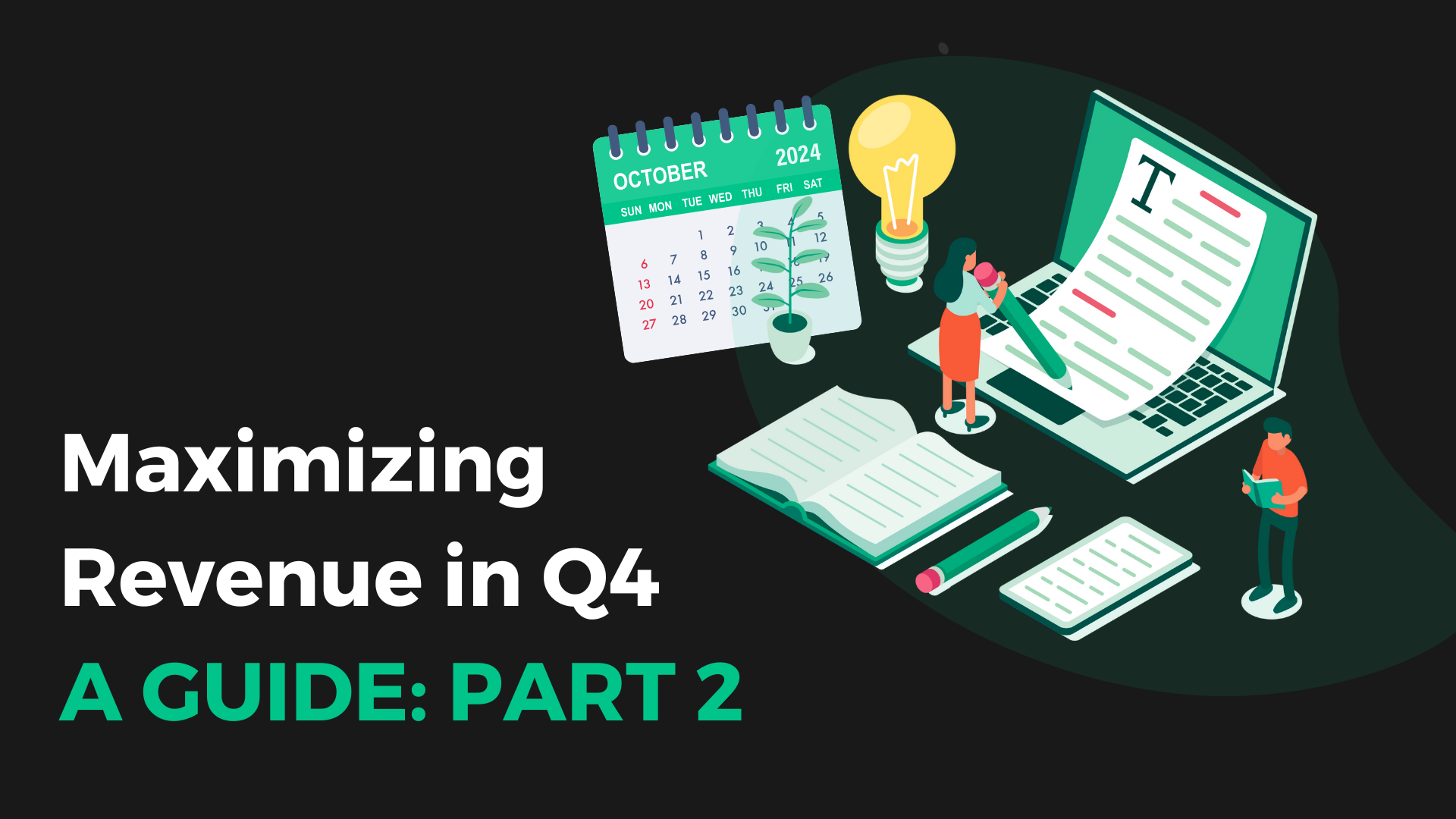On May 10, Google introduced future plans for the search engine result pages (SERPs). These plans include featuring AI-generated responses at the top of certain queries in a much more robust and well-formulated answer than in versions past. You can read Google’s official blog post on their search generative experience. Mind-blowing, right?
Preview:

Over the last week, much has been discussed about what this means for publishers. For those in the SEO industry who have watched the evolution of SERPs and have made careers as the middle-man between Google and content creators, the vision unveiled is a tad unsettling. I believe the range of emotions can be summarized into three categories.
The first is happiness because the new experience looks smooth, seamless and clean. For those of us who have been advising publishers to build uncluttered and organized site experiences, what’s not to love? It looks fast, intuitive and engaging.
Secondly, I’m feeling nervous about the publisher’s traffic. There are still a lot of unknowns but a wildly excepted assumption as of now is that this SERP layout will lead to fewer queries and fewer clicks (or options to click). This isn’t the first drastic change to the SERPs. Who remembers when ads first appeared in search results or when SERP introduced enhancements like knowledge graph, answer box, position zero, and passage rank?
To me, this seems like something bigger.
Lastly, I have a sense of clarity about why Google changed the tune of AI. There is a sense of relief that the end-game could include a distinct separation between AI-generated and human-generated content, with favor towards the humans. So as it stands, spammers can keep on spamming, recirculating, and feeding the AI beast and Google will classify it as such.
As much value as there is in the efficiencies of machine learning and AI technology, there is also value in what AI can never do. For instance, producing new ideas and concepts, evoking emotions and nostalgia, building relationships with the audience, or making connections between seemingly unrelated concepts that bring to life entirely new ways to look at things.
How and When Will SGE Appear?
Google hasn’t explicitly identified how often it intends to use the search generative experience layout but has said that it will include more complex user questions and will appear when deemed to be a better option for the user. This is a soft start with “safe queries” as they’ve taken topics like health, medical, finance, and legal queries off the table.
It also doesn’t mention changes for news sites and how top stories are handled.
The Winners and the Losers
The clearest part of this to me is who the losers will be:
- Publishers who have gotten by on shallow content tactics, targeting questions like “When is daylight savings?” or “What temperature does water freeze?” Quick, factual questions of the world will be answered by bots now (thank you very much)!
- Product review sites may be in trouble, especially if that’s their only focus. It seems like now, Google will lean into product-structured data to display a variety of product options directly on the SERPs, with the product manufacturer highlighted on the top right.
- Small to mid-sized publishers who haven’t gained quite enough niche authority to compete for position one.
- Fact-based sites that don’t provide original POVs. Weather sites have likely struggled for some time now, but similar content along these lines will continue to slowly lose relevance.
- Evergreen content, particularly in the area of listicles of activities, travel guides, hiking trails, etc.
- Sites that have put no effort behind brand recognition, social media or video creation.
Located next to the AI answer, there will be three “citations”, or website links, for more information. The winners for this new real estate, in my opinion, will be:
- The highest quality, most authoritative sites in the index, a.k.a the Big Brands.
- Topic experts that have built recognition in their brand and name.
- Original sources
- Product manufacturers
- Sites with the most backlinks
- Trusted authors and brands
The Value of Perspective
For users who want to dig further into topics and read about people’s experiences, the new “Perspectives” tab will be the place to go. With plans to pull in content, video and social media posts, this may be Google’s attempt to not take the creator industry down completely. It’s a fragile ecosystem in which the AI system depends on fresh content and the creation of fresh content is incentivized by traffic and ad revenue.
Preview:

I see this area as being an opportunity, both for continued traffic to publishers and also to validate that this type of content is still meaningful to users. Who’s to say users don’t frequent this area instead of the SGE layout? Maybe we aren’t giving people enough credit when so many signals in the last few years validate they care who and where the content they consume comes from.
Advice To Publishers
We have been expecting this. We’ve talked about how overly commoditized content production had become and that there had to be value beyond the headlines.
The future is now, and it’s time to take a step back and think about the long-term value of your business and website.
The best advice I can give you at this point in time is to focus on diversifying traffic. Communication straight from publisher to user will become critical and newsletter programs are even more valuable now than they ever have been. Additionally, continue to create content but understand that the distribution path will change. Don’t abandon the creation of unique, authoritative and interesting content when the need is there.
Lastly, Google’s SGE mockups, particularly in “Perspectives”, in many cases lead the user to an individual expert, whether in an article, video or even personal blog. Continue to invest in efforts that increase your name/brand recognition with author bios, author profiles and interviews, and contribute guest posts to relevant authoritative sites when you can.
View Google’s new SERP experience here.





